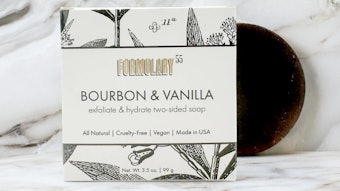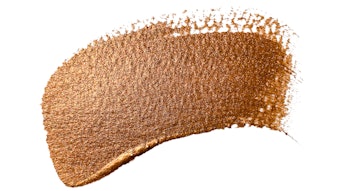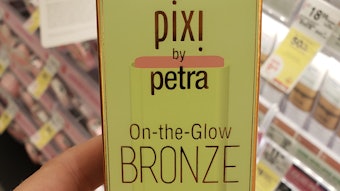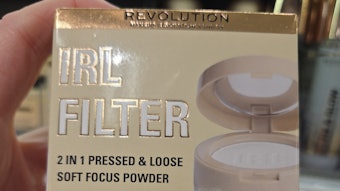Many materials selectively absorb certain wavelengths of light, resulting in a color. The blue color of the sky is due to Rayleigh scattering. This phenomenon, coined by British physicist Lord Rayleigh, is where most of the longer wavelengths pass straight through as light moves through the atmosphere. Little of the red, orange and yellow light is affected by the air; however, much of the shorter wavelength light (blue) is absorbed by the gas molecules. The absorbed blue light is then radiated in different directions. It gets scattered all around the sky. In all directions, some of this scattered blue light is present. Since blue light is seen everywhere overhead, the sky looks blue. A blue object reflects blue light and absorbs all other wavelengths, so humans see the blue color.
A pigment is a material that is insoluble in the vehicle or substrate in which it is dispersed. Due to its ability to separate white light into one or more wavelengths, this solid produces a color when struck by white light.
A dye also has the capability to separate out white light into one or more wavelengths, producing a color when struck by white light. However, a dye is a soluble material that imparts a color when solublized in a liquid vehicle or substrate in which it is dispersed. The phenomenon is the same, but the end use dictates the difference between the two–soluble or insoluble.
In the cosmetic industry, both pigments and dyes are regulated by the United States Food and Drug Administration (FDA), which states, “A color additive is any dye, pigment or substance which when added or applied to a food, drug or cosmetic, or to the human body, is capable (alone or through reactions with other substances) of imparting color. FDA is responsible for regulating all color additives to ensure that foods containing color additives are safe to eat, contain only approved ingredients and are accurately labeled.”










